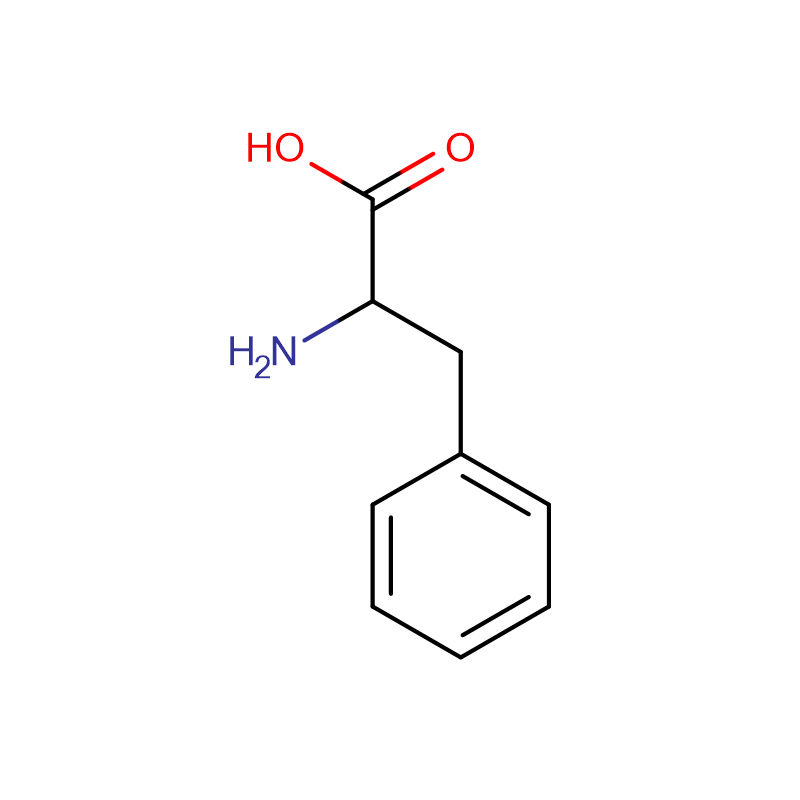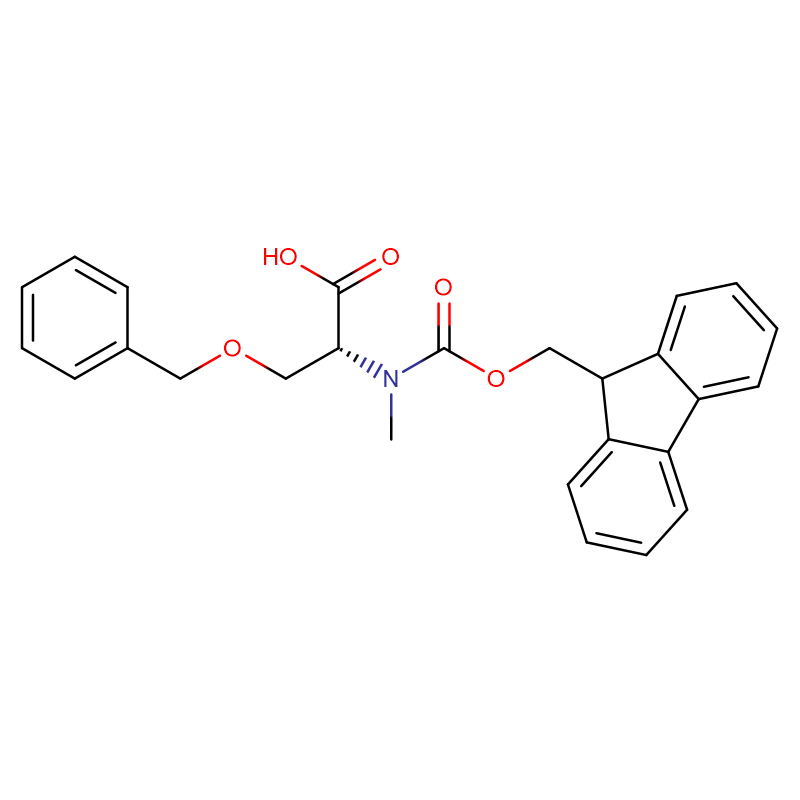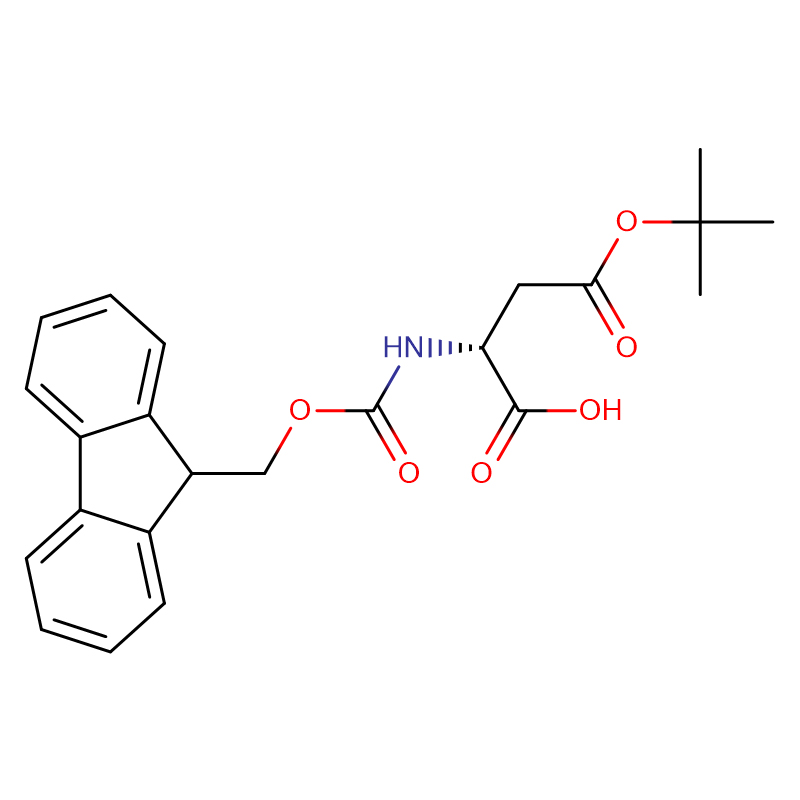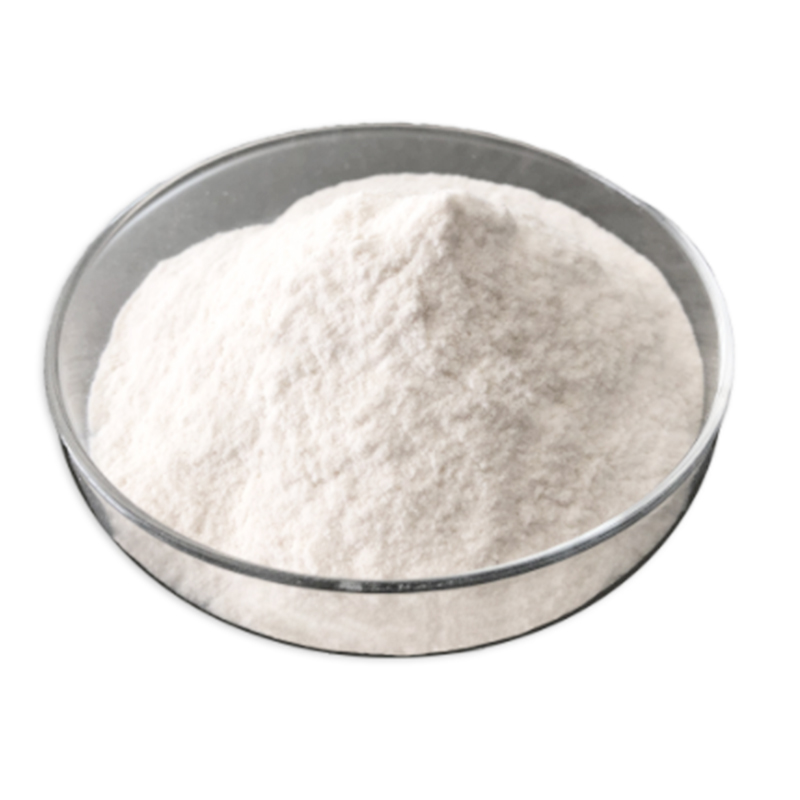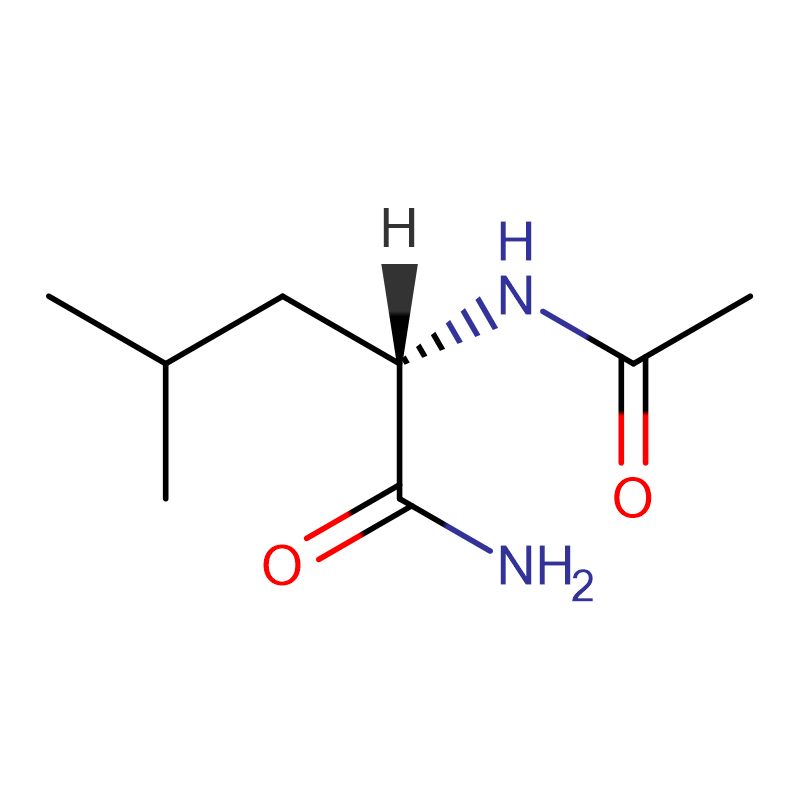DL-Phenylalanine CAS:150-30-1 99% White powder
| Catalog Number | XD90318 |
| Product Name | DL-Phenylalanine |
| CAS | 150-30-1 |
| Molecular Formula | C9H11NO2 |
| Molecular Weight | 165.19 |
| Storage Details | Ambient |
| Harmonized Tariff Code | 29224985 |
Product Specification
| Appearance | White crystals or crystalline powder |
| Assay | 99% |
| Conclusion | FCC V Grade |
| Lead | ≤5mg/kg |
| Identification | Meets the requirements |
| Loss on Drying | ≤0.2% |
| Residue on Ignition | ≤0.3% |
| Arsenic (As2O3) | ≤2ppm |
| Heavy Metal (as Pb) | ≤0.002% |
Y. enterocolitica and Y. pseudotuberculosis are important food borne pathogens. However, the presence of competitive microbiota makes the isolation of Y. enterocolitica and Y. pseudotuberculosis from naturally contaminated foods difficult. We attempted to evaluate the performance of a modified Cefsulodin-Irgasan-Novobiocin (CIN) agar in the differentiation of Y. enterocolitica from non-Yersinia species, particularly the natural intestinal microbiota. The modified CIN enabled the growth of Y. enterocolitica colonies with the same efficiency as CIN and Luria-Bertani agar. The detection limits of the modified CIN for Y. enterocolitica in culture medium (10 cfu/ml) and in artificially contaminated pork (10(4) cfu/ml) were also comparable to those of CIN. However, the modified CIN provided a better discrimination of Yersinia colonies from other bacteria exhibiting Yersinia-like colonies on CIN (H2S-producing Citrobacter freundii, C. braakii, Enterobacter cloacae, Aeromonas hydrophila, Provi dencia rettgeri, and Morganella morganii). The modified CIN exhibited a higher recovery rate of Y. enterocolitica from artificially prepared bacterial cultures and naturally contaminated samples compared with CIN. Our results thus demonstrated that the use of modified CIN may be a valuable means to increase the recovery rate of food borne Yersinia from natural samples, which are usually contaminated by multiple types of bacteria.


